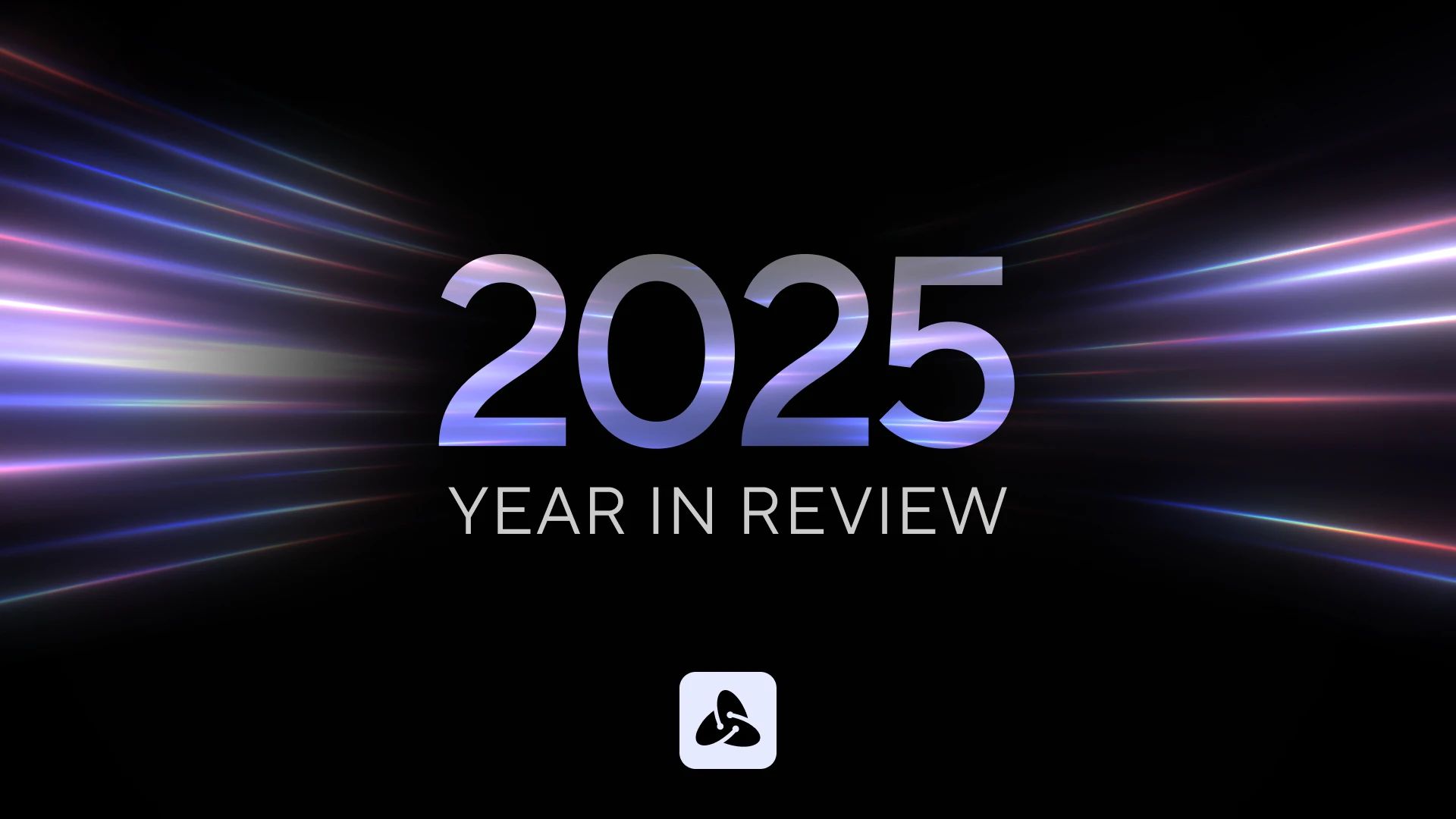Building the Action Layer of Subscription Management

Scott Weinert
Co-Founder and CTO

Why build this now?
There is a subscription for nearly everything these days, so many, that it is challenging to keep track of them. Just between the various streaming subscriptions, the average US subscriber is paying around $1,000 per year, adding to their mounting recurring expenses. This is a significant contributor to surprise charges with continued spend on unused subscriptions, which all too often started with a free trial that’s only free if you remember to cancel. As a user creates disparate accounts across many services, it becomes increasingly difficult to track where they are spending. The user’s financial institution(s) hold key context, and therefore the ability to paint a picture of what expenses look like in aggregate.
We believe that our company is in a unique position to have a meaningful impact on the financial lives of everyday people. In a world where financial institutions can deliver a “mission control” experience for recurring subscriptions, users are empowered with both (a) financial transparency, and (b) the ability to take swift action to improve their financial hygiene – without ever leaving their context-rich banking experience. While building our proof of concept, I was personally able to cut over $2,000 per year of waste from my own personal expenses – whether that be pausing unused services, or switching to a more suitable internet or cell phone plan, it adds up quickly. Seeing everything in a single location was powerful. We’re believers, our FIs are in full support of the direction, and user demand is high. Now is the time.
Technologically, it will be unlike anything we’ve seen
The most popular merchants we pay do not offer open APIs to build on in order to incorporate key functionality into the banking system, and are not incentivized (yet) to build them. Laying down inroads where none exist is in Atomic’s DNA. Until recently, this task would have been messy. It’d involve users trading their credentials with a third party in exchange for an unreliable connection to their data, with the ability to pause or cancel payments being routed outside their bank with various points of painful friction.
TrueAuth allows for unprecedented connection rates
Atomic’s TrueAuth technology allows users to connect a merchant account to their bank, while their credentials never leave their device. Akin to OAuth, the user establishes delegated access that they can revoke at any time. Conversion to successful authentication using this approach has skyrocketed as it relates to user-permissioned access, sometimes reaching 3x or even 5x prior success rates. Due to the nature of the approach, users are able to use biometrics, password managers, autofill, and their own trusted device fingerprint during authentication. There aren’t bots logging in on anyone’s behalf – users log themselves in. It is a simple idea, but this is the first subscription management platform to lead with this approach.
Under the hood
Being our third-generation of on-device automation technology, we’ve implemented key building blocks that allow subscription management to thrive. Remote procedure calls (RPC) became a proven strategy, especially when the device may be under bandwidth constraints via a cellular connection. Our engineering team has invested in the concept of durable execution – a development abstraction that treats state such that it is conducive to a high degree of fault tolerance. We’ve seen significant gains, specifically under situations where high concurrency is involved, for example, updating a user’s subscription data in real-time in order to embed a high-fidelity forecast within their financial institution. This effort was enormous, involving a complete decoupling of our automation technology from various layers in our system to ensure that we’re architected to expand into key functionality.
Imagine friction destroying AI agents
AI can chat with you for hours, but what if you need it to actually execute a task for you? We’re excited about bringing AI agents into the subscription management arena to help break down friction that would otherwise stop a user from reaching their financial goals. Three years ago, Atomic built an in-house machine learning team to build proprietary models handling anything from field mapping to failure recovery. The AI will initially provide an insight, such as low usage on a particular subscription. Although interesting, we aren’t stopping at insights – we’re building the action layer. With a single click, the user will be able to pause that particular subscription. This becomes particularly powerful when taking on a task like changing auto insurance carriers. The amount of painstaking data entry and detail oriented coverage comparison can leave users in paralysis. If an AI agent takes the barrier of friction away, then users can truly do what is in their best interest, at the tap of a button.
Thinking beyond the product, and into the platform
I enjoy industrial-style design, with all the pipes and wires exposed for us to observe. Every so often, we see past the use case of our technology and contemplate the plumbing that has been built as a byproduct. Although we’re dialed in and focused on solving the needs of our clients, it is clear that these rails could be used to overcome numerous challenges in the connectivity space. We’re continuing to mature them in hopes to uncover new use cases, and perhaps even expose them to other engineering teams to build products we had never imagined. Novel layers of secure connectivity will be required to usher in and enable agents to which we can delegate tasks, and we’re thrilled at the prospect of participating in this movement.


